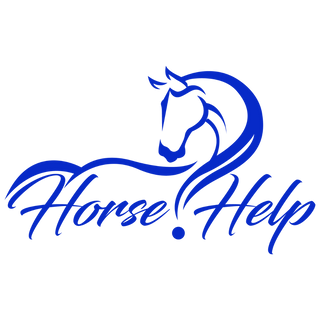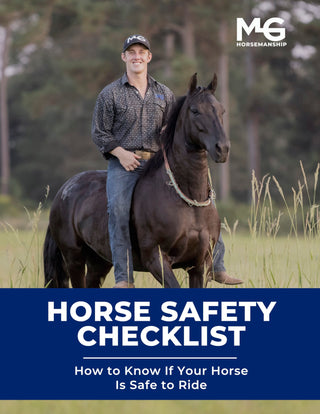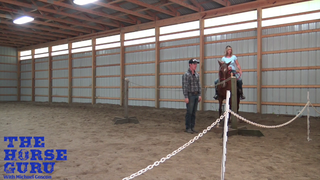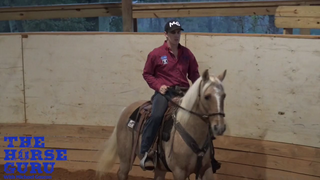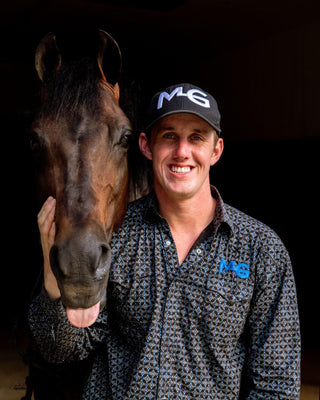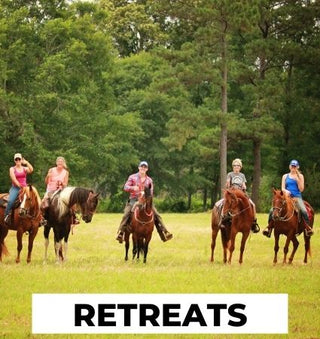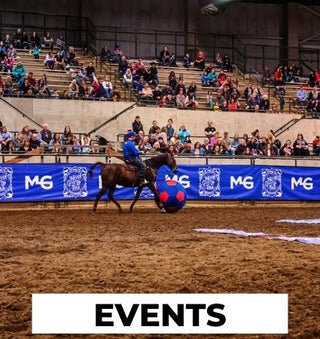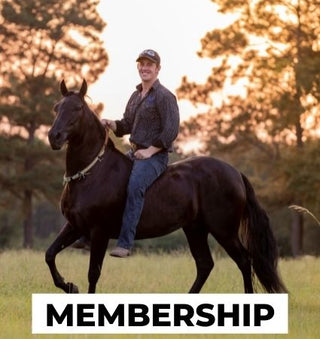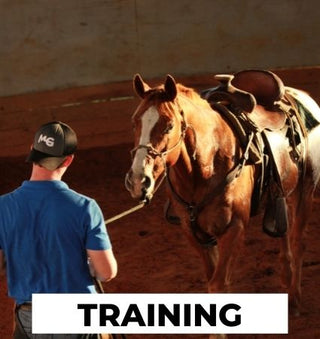Watch the Video Here or continue reading below!
In this session, Michael Gascon emphasizes that gaited horses aren’t broken—they’re misunderstood. Many riders blame breed traits for behavioral or performance issues, when in fact, it’s often a matter of how the horse was started and conditioned. Most gaited horses are rushed through training in a straight line without being taught to soften, give to pressure, or flex laterally.
Control the Head, Control the Horse
Gascon’s foundation is simple: control the head, control the horse. A stiff, resistant horse will pull, brace, and disconnect from the rider. But when you can softly move the horse’s head left and right, you gain control over the rest of the body. That softness translates to balance, focus, and relaxation.
“If I can't keep his head consistent, I sure won’t keep his speed consistent.”
By teaching the horse to give at the poll and break from the neck, you gain influence over their speed, straightness, and gait quality.
Two Kinds of Pressure: Constant vs. Persistent
Gascon explains two main pressure styles:
-
Constant pressure, used in many Western disciplines, holds until the horse gives.
-
Persistent pressure, preferred by Gascon, taps or touches repeatedly with release the moment the horse tries.
“That 10 minutes of persistence could save someone three months of frustration.”
Persistent pressure teaches the horse that comfort comes through yielding—creating a light and willing partner.
Fix One Thing at a Time
One of Gascon’s core principles is clarity through simplicity. If a horse is struggling, resist the urge to fix multiple issues at once.
“Clarity is speed. The more clear you are, the faster the horse learns.”
For example, if the horse is gating but their head is slightly off-center, prioritize keeping the gait consistent before adjusting the headset. Make it their happy place, then build from there.
Is It Gait or Not? The 1-2-3-4 Rule
Gascon offers a practical test:
-
If your horse is gaiting, you should be able to count 1-2-3-4 in an even rhythm.
-
If they’re trotting or pacing, you’ll hear or feel 1-2, 1-2, with more bounce or imbalance.
This rule gives riders a way to diagnose gait issues by feel or sound—even without video or ground help.
Can You Teach a Horse to Trot or Canter on Purpose?
Absolutely. Gascon explains that not only can gaited horses canter, they should. Teaching controlled cantering helps with athleticism, softness, and cross-discipline goals like obstacle work or reining maneuvers.
The trick? Head position determines the job.
-
Head up, collected, framed? That means gait.
-
Head low, loose rein? That’s for relaxing, trotting, or cantering.
This separation of posture and purpose keeps the horse clear and confident about what’s being asked.
Bury the Head to Relax the Mind
Gascon teaches every gaited horse to bury their head as a foundational tool. Lowering the head triggers the release of endorphins and helps kill adrenaline. This softens the horse’s body and brain—perfect for groundwork, obstacles, sidepassing, and collected movements.
“A horse with their head down, relaxed and moving, is a lot easier to train than one that's braced and in the bridle.”
Don’t Be Afraid to Break the Rules
Gaited horse circles often discourage trotting, cantering, or transitions that deviate from smooth gaits. But Gascon challenges that mindset:
“Every gaited horse I start learns to move all body parts and do it relaxed first.”
This philosophy builds a versatile horse who can both gait with brilliance and perform in other disciplines without confusion or tension.
Final Thoughts: Keep It Simple
Whether you’re fixing a pacey horse, trying to maintain a consistent gait, or just building softness, Gascon’s message is clear: keep it simple, stay consistent, and fix one thing at a time. Horses thrive on clarity—and that starts with us.
Want More Help?
Michael Gascon offers in-depth clinics, personalized training, and even vacation packages at his South Mississippi ranch where you can bring your horse or ride one of his. Visit him at booth C136 in the Celeste Building, or check out his website for more resources.
